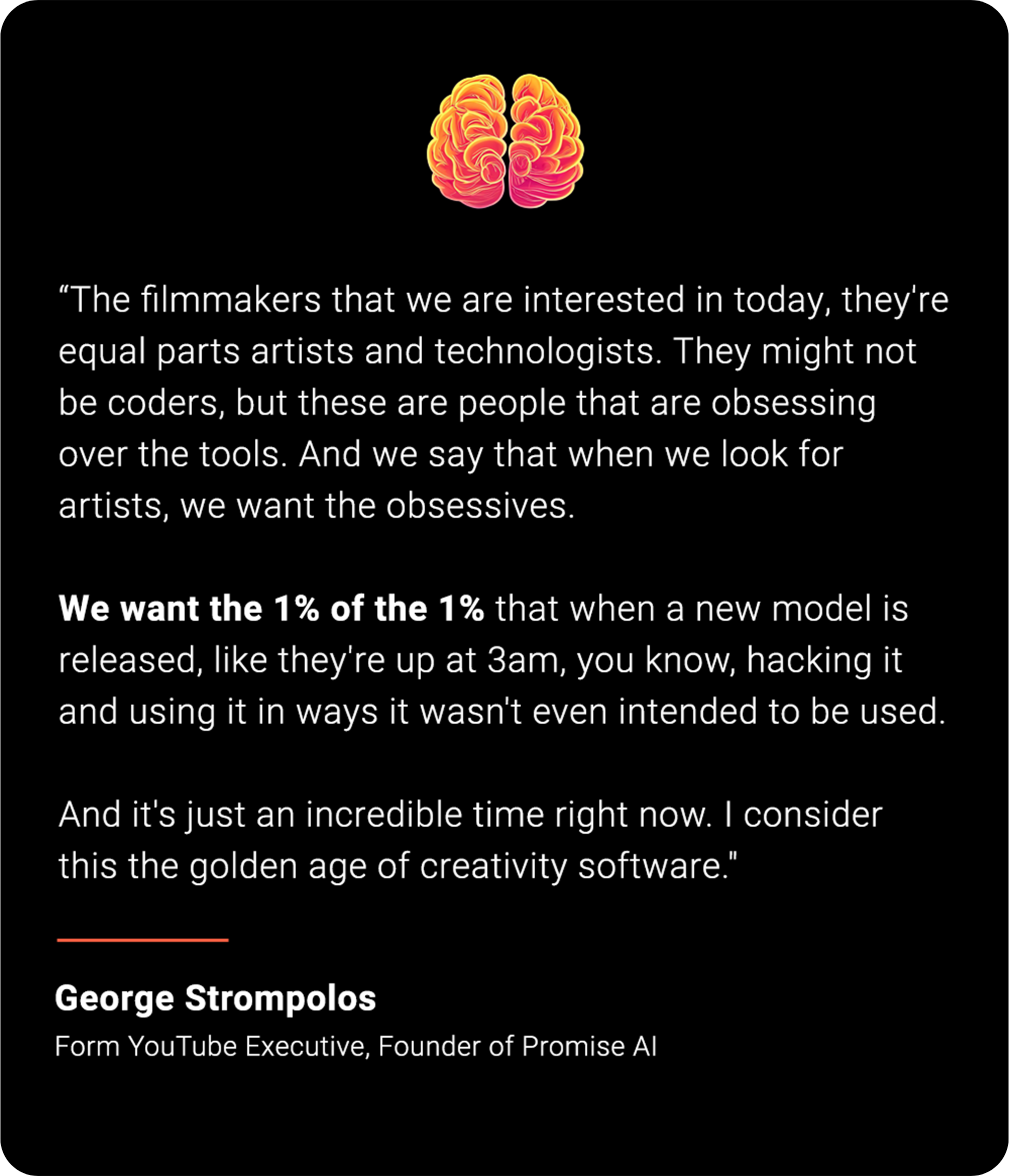Monday Memo

A Byte of Knowledge
You're hemorrhaging your best ideas before you even know you had them.
When? Every morning.
How? By immediately consuming OTHER people's thoughts and ideas.
The average person reaches straight for their phone to scroll X or TikTok.
On the walk with the dog they throw on their favorite podcast.
Over breakfast they catch up on 5 different newsletters.
And in those first critical minutes and hours... you just gave away the most valuable real estate in your entire day.
Here's what you don't realize:
Your brain was working for you all night while you slept - making connections, solving problems, creating something original.
But the second you started consuming... you suffocated it.
That unique angle nobody else is talking about? Drowned out.
The novel solution that was RIGHT THERE? Buried under someone else's framework.
Your brain needs room to breathe.
It needs silence to create something NEW instead of regurgitating what everyone else is already saying.
Protect your mornings.
Because your next breakthrough is waiting in that silence.
🚀 Whether you're selling a $50 supplements or a $10,000 coaching program – having these 5 'Copy Blocks' on your landing page could be the difference between crickets and an avalanche of cash flow.
Discover All 5 'Copy Blocks' Now
Something to Ponder

We Asked – AI Answered
Our Question:
"On the surface, getting feedback from as many people as possible seems like it would improve your copy. But why does ‘copy by committee’ almost always fail and lead to a watered-down Frankenstein sales letter?”
AI's Answer: Why "Copy by Committee" Creates Frankenstein Sales Letters 🧟♂️
Picture this: You're at a restaurant where 10 people are simultaneously seasoning the same soup. One adds salt, another sugar, someone dumps in hot sauce, and before you know it, you've got an inedible mess that nobody wants to taste.
That's exactly what happens with copy by committee.
The Statistical Death Spiral 📉
Committee feedback triggers regression toward the mean, a phenomenon Francis Galton discovered in the 1880s. Extreme values naturally drift toward average. In copywriting? Your bold, pattern-interrupting headlines get sandpapered into corporate wallpaper.
The numbers are brutal. Research by Bain & Company found that decision effectiveness drops 7% for every person above 7 in a decision-making group. By the time you hit 10 reviewers, you're operating at 60% effectiveness. Your copy is literally getting dumber with each additional opinion.
The Psychological Trainwreck 🧠
Three cognitive biases collide catastrophically:
• The Abilene Paradox destroys authenticity → Management expert Jerry Harvey documented how groups unanimously agree to things no individual actually wants. Everyone assumes others prefer the "safe" version, so your edgy hook becomes "We're pleased to announce..." Nobody wanted it. Everyone approved it.
• Social loafing kills ownership → Psychologist Max Ringelmann proved that individual effort decreases as group size increases. His rope-pulling experiments showed people exert 93% effort in pairs, but only 49% in groups of eight. Applied to copy? When everyone owns the message, nobody defends it. Your copy becomes an orphan.
• The compromise effect neuters persuasion → Stanford researchers found that when presented with multiple options, groups consistently choose the middle ground—even when extremes perform better. That killer guarantee that would've closed sales? It gets watered down to "satisfaction assured" because Legal felt nervous.

⚡ The Frankenstein Assembly Line
David Ogilvy observed:
"Search the parks in all your cities, you'll find no statues of committees."
Here's why your copy becomes a monster:
The CEO adds corporate jargon for "gravitas." Marketing inserts buzzwords for "relevance." Legal strips claims for "compliance." HR demands inclusive language that means nothing to anyone. Sales wants seventeen bullet points about features nobody cares about.
Eugene Schwartz, who wrote copy generating over $2 billion in sales, called this "the committee cancer." Each stakeholder literally views copy through different neural pathways—what psychologist George Kelly termed "personal construct theory." The CEO reads for brand. Legal reads for risk. Sales reads for features. Nobody reads like your actual customer.
💣 The Cognitive Overload Bomb
Nobel laureate Daniel Kahneman's research proves our brains desperately seek cognitive ease. Committee copy violates this fundamental principle. When Karen insists on her sustainability paragraph and Steve demands technical specifications, you create what researchers call "cognitive polyphasia"—contradictory belief systems existing simultaneously.
The result? Message decay. Columbia University studies show that each additional message in marketing materials reduces recall of the primary message by 15-20%. Five committee members adding their "must-haves"? Your main selling point just became 50% less memorable.
Put simply, committee copy is engineered to fail through the systematic destruction of clarity, voice, and persuasive power.
Thanks for reading the Monday Memo.
Until next time!
The AI Marketers
P.S. Help shape the future of this newsletter – take a short 2-minute survey so we can deliver even better AI marketing insights, prompts, and tools.
[Take Survey Here]

